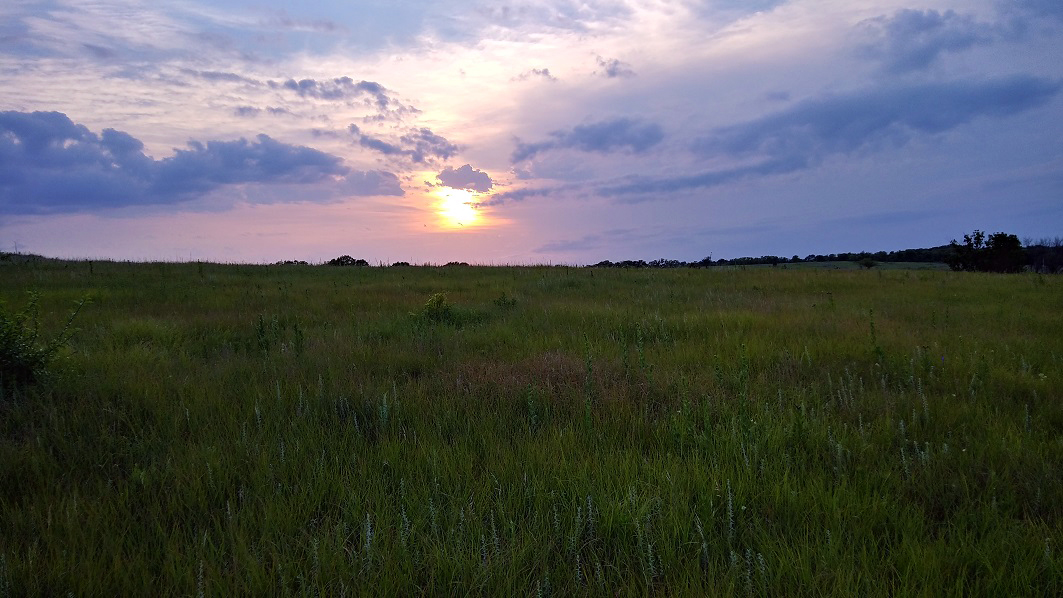Sign up for Our Newsletter
Signup for our newsletter to get notified
about sales and new products.

Collecting your own seed is an option if you have your own native site, access to a native prairie site or access to a reseeded site that you are certain came from local seed.
The first thing you need is permission from the landowner. If it is you, that’s easy. If it is someone else, be sure to explain that you will be hand collecting and that you will be careful to leave more seed than you take. You will also want to be sure to ask if the field will be hayed. You can save yourself a trip in that case.
Once you have permission, you will need to know when to collect, what to collect, how to collect it and how to store it.
Identification of the plants is much easier when they are in flower than when they set seed. If you are not picky about what seed you are collecting, that makes it easier to collect, but you will want to be sure not to collect noxious weed seed. If you can visit the collection site during the flowering season, you will get a better idea of what is available and you might even be able to mark the plants you want to collect from, however, be sure to get permission if that is your intent. Pin flags are not appreciated in a pasture where haying will be done.
You can search online, get an ID book or contact us if you wonder when to collect certain species. Each species has a different window of opportunity for collection and often you need to make several trips to see if the seed is developed yet or not. Too early and the seed will not be viable. Too late, and the seed may have shattered and dropped already. Collect seed with hand clippers, grass hooks or a gloved hand. Gather the unclean seed in a paper bag so that it does not mold. Spread the seed out in on a tarp to dry. Let a fan blow on it if it will not blow away. Certain seed needs to stay moist but most need to dry.
Once you have collected and dried the seed, you can plant it, clean it, or clean it and store it for planting later. Our first attempts at cleaning seed, we used a blender with duct tape wrapped around the blades (gentler on the seed) and hand held screens. These work very well for small amounts of seed. If you plan to store the seed for a few months, store it in a cool, dry place. Perfect conditions are when temperature and relative humidity added together are equal to or less than 100.
If you plan to plant the seed into flats or pots, you will want to give it a cool moist treatment. See our catalog or webpages for the length of time for treatment.